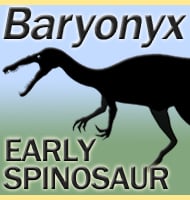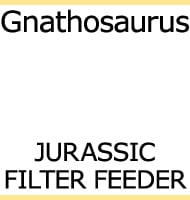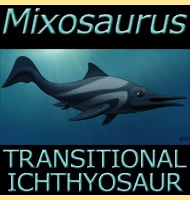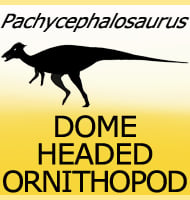Baryonyx
In Depth In 1983 a fossil hunter named William Walker discovered a large fossilised claw in a clay pit. Retrieval of this claw also resulted in the recovery of associated bones that revealed a new and previously unknown type of theropod dinosaur. Alan Charig and Angela Milner described and formerly named the new dinosaur Baryonyx … Read more



